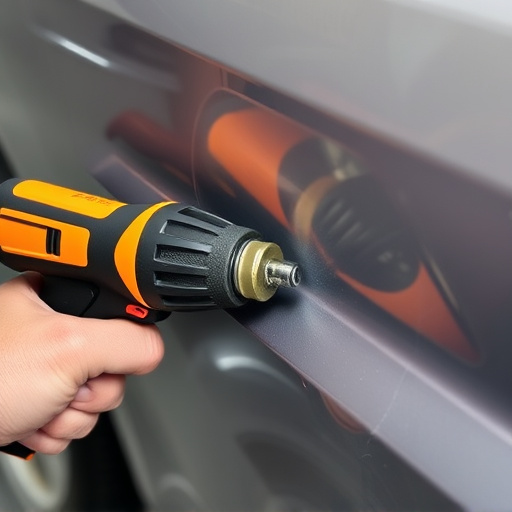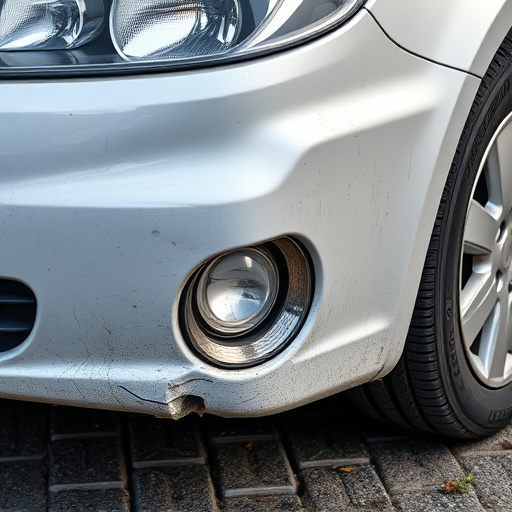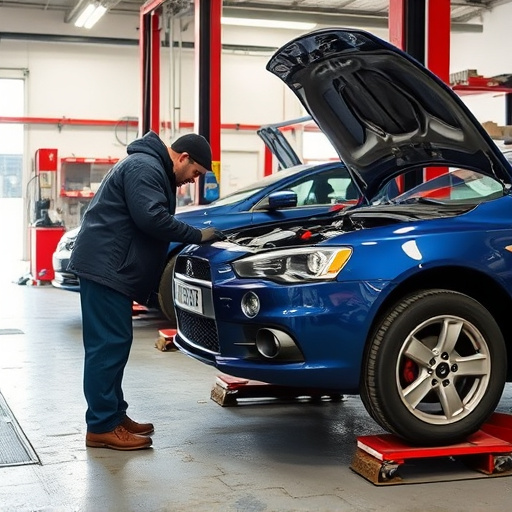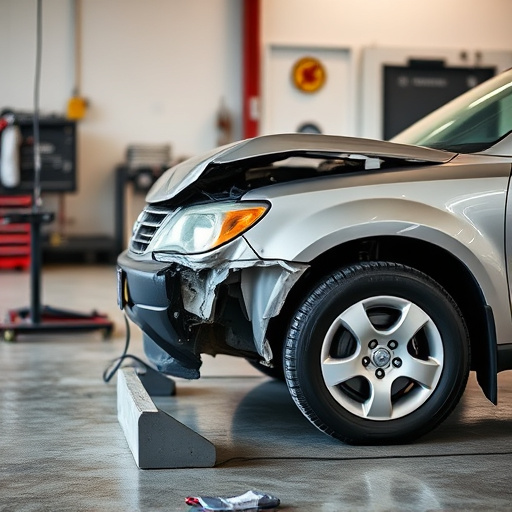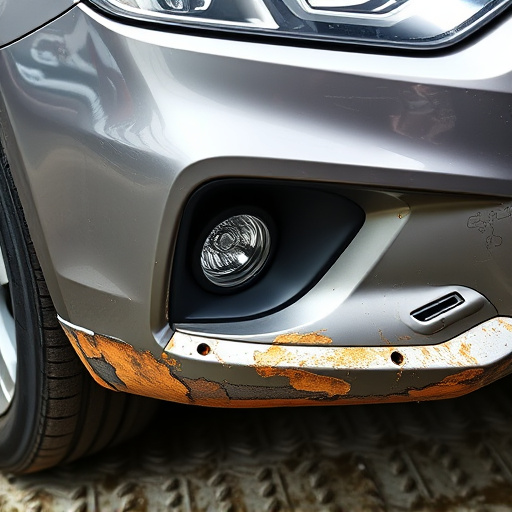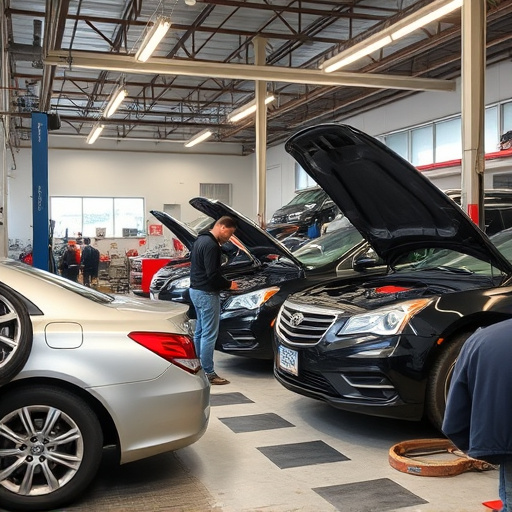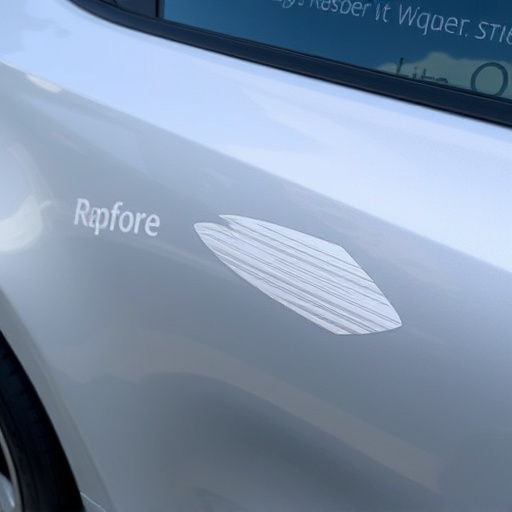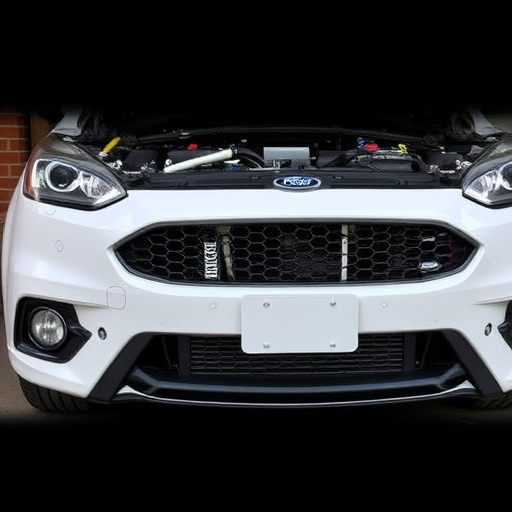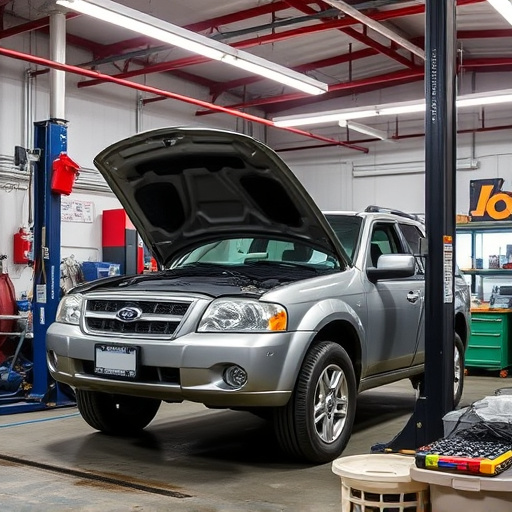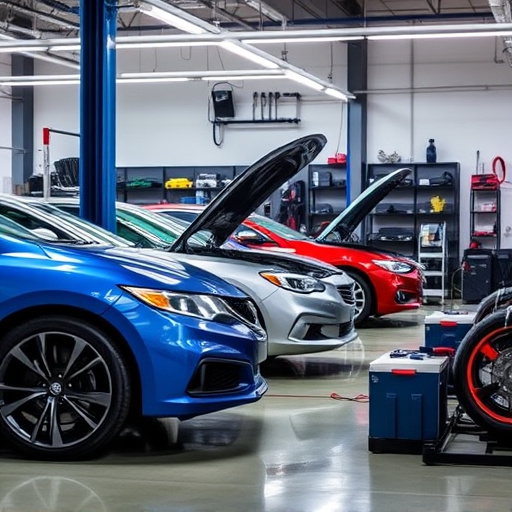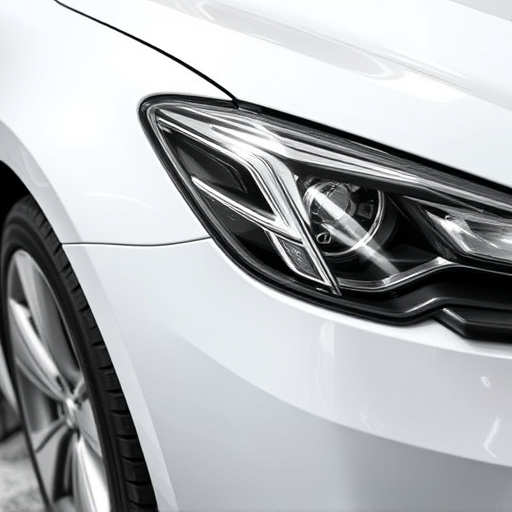Carpet replacement in vehicle collisions is a safety critical component, with synthetic materials outperforming natural fibers due to their rigid structure absorbing and distributing collision force. Strict standards for high-quality, dense carpets are enforced to maintain vehicle safety ratings, especially with modern lightweight car designs. Precise installation methods and advanced safety features further enhance overall vehicle protection during accidents.
Carpet replacement, seemingly a minor detail, can significantly impact vehicle safety standards. When involved in a collision, the interaction between the car’s interior and occupants becomes critical. This article explores how carpet replacement collision influences safety regulations. We delve into the role of different carpet materials in crash testing standards, the importance of adequate cushioning for optimal protection, and regulatory changes that have emerged post-replacement installs. Understanding these factors is key to ensuring safer driving conditions.
- Carpet Material and Crash Testing Standards
- The Role of Cushioning in Collision Safety
- Regulatory Changes Post-Replacement Installs
Carpet Material and Crash Testing Standards
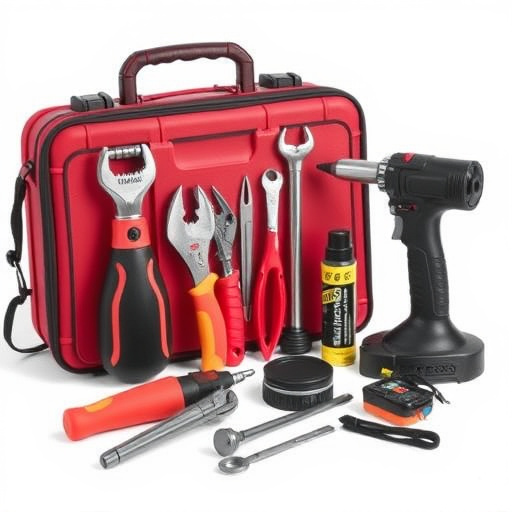
The choice of carpet material plays a significant role in how well a vehicle performs during crash testing. In modern vehicles, safety standards require rigorous evaluations to ensure every component, including floor coverings, contributes to passenger protection. Synthetic carpets, for instance, offer superior impact resistance compared to natural fibers. Their rigid structure helps absorb and distribute the force of a collision, reducing the risk of injury to occupants. This is particularly crucial in carpet replacement collisions, where the integrity of the flooring can significantly impact overall vehicle safety.
During crash tests, vehicles undergo simulated impacts to gauge their structural integrity and passenger protection. The presence of well-designed, high-quality carpets contributes to a safer interior environment by reducing the energy transfer to seats and dashboards. This is especially relevant for luxury vehicle models like Mercedes Benz collision repair cases, where customers expect not only top-notch aesthetics but also superior safety features, including advanced flooring systems. Therefore, car manufacturers and repair shops must adhere to strict standards when replacing carpets after collisions to maintain the vehicles’ safety ratings.
The Role of Cushioning in Collision Safety
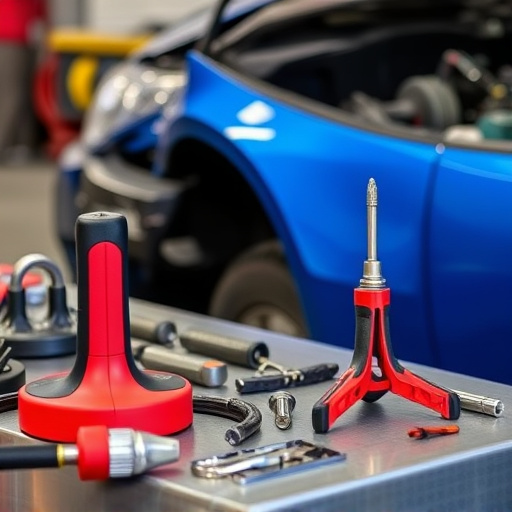
The role of cushioning in vehicle safety during collisions cannot be overstated, and carpet replacement plays a crucial part in enhancing this protection. In the event of a fender bender or car collision repair, the interior components of a vehicle are at risk of damage. Soft floor coverings, such as carpets, act as a buffer, absorbing the impact energy and reducing the force transmitted to passengers during a crash. This cushioning effect is particularly vital for minimizing the risk of injuries, especially in minor collisions where structural damage may be minimal but the human body still needs protection.
When considering carpet replacement collision safety standards, it’s essential to understand that different materials offer varying levels of cushioning and flexibility. Modern carpets are designed with advanced technologies to improve their impact resistance and deformation properties, ensuring they meet or exceed industry safety standards. This is especially significant in today’s world where vehicle designs are becoming lighter and more aerodynamic, which may compromise traditional crash-safety features. Therefore, the choice of carpet material can significantly contribute to overall collision repair outcomes, making it a key consideration for automotive manufacturers and interior designers alike.
Regulatory Changes Post-Replacement Installs
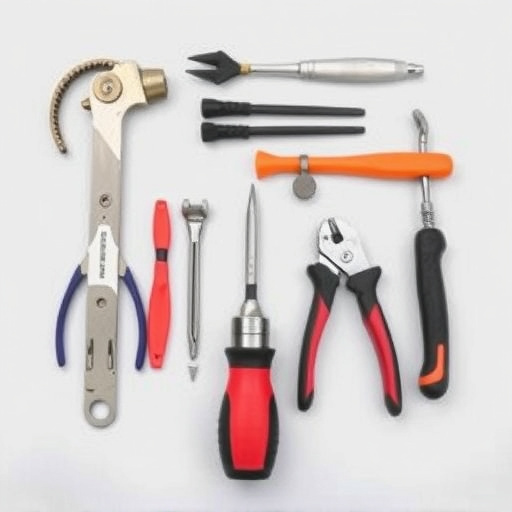
Regulatory changes post-carpet replacement collision installations have become increasingly stringent to ensure vehicle safety standards are met. With advancements in materials science and manufacturing, new carpeting technologies offer enhanced durability and impact resistance, reflecting in updated safety regulations. For instance, stricter guidelines now mandate the use of high-quality, dense carpets that can withstand severe impacts without deforming or shattering, thus minimizing the risk of secondary injuries caused by flying debris during a collision.
Moreover, car body shops are required to employ precise installation methods that secure the carpeting effectively, preventing its displacement in an accident. This involves meticulous alignment, proper fastening mechanisms, and sealing to ensure the carpet remains intact and does not contribute to vehicle structural compromise or cause further damage during a crash. Additionally, the integration of advanced safety features like improved auto glass replacement and car scratch repair techniques plays a crucial role in enhancing overall vehicle safety, complementing the benefits of modern carpet replacement materials.
Carpet replacement collision safety standards are crucial components in enhancing vehicle protection. Understanding the interplay between carpet materials and crash testing ensures vehicles meet stringent safety criteria. The cushioning effect of modern carpets plays a significant role in mitigating impact forces during collisions, making regulatory changes essential for continuous improvement in passenger security. By keeping up with advancements in carpet technology and installation practices, vehicle manufacturers can contribute to safer driving experiences.
